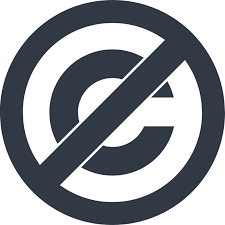Two terms for Dwight D. Eisenhower (1953 to 1961)
Following his campaign promise, Eisenhower went to Korea after the election to advance armistice negotiations. On July 27, 1953, an armistice was reached in Korea.
Eisenhower governed the United States as a "progressive conservative." He continued the social programs introduced by the Democrats and worked to end segregation between the white and African-American populations.
He also advanced the Federal Aid Highway Act of 1956, which funded the highway network in the U.S. with federal aid in subsequent decades.
October/November 1956: During the Suez Crisis, Eisenhower condemned the actions of Britain and France and used the full diplomatic weight of the United States to call off the British-French intervention and withdraw Israeli troops from Gaza. Similarly, Eisenhower condemned Soviet actions during the uprising in Hungary.
As the former commander-in-chief of NATO forces, he primarily advocated strengthening the military alliance, including support for membership for the now democratic (West) Germany.
Eisenhower's second term was marked by the emerging Cold War. In 1957, Eisenhower founded the U.S. space agency NASA in response to the Soviet Union's first launch of the "Sputnik" satellite into space.
Eisenhower receives Soviet leader Nikita Khrushchev at Camp David in September 1959. He makes trips around the world to rally countries to his side in preparation for the Geneva Summit Conference in 1960. However, the summit conference of the four victorious powers of World War II failed because the Soviets shot down an American U2 reconnaissance plane over Soviet territory. Khrushchev consequently rejected Eisenhower's planned trip to the USSR in June 1960. Thus Eisenhower's ambitions to leave office as a bringer of peace failed.
On January 20, 1961, Eisenhower handed over the reins of government to Kennedy and retired to his farm near Gettysburg.

















Comments
Links